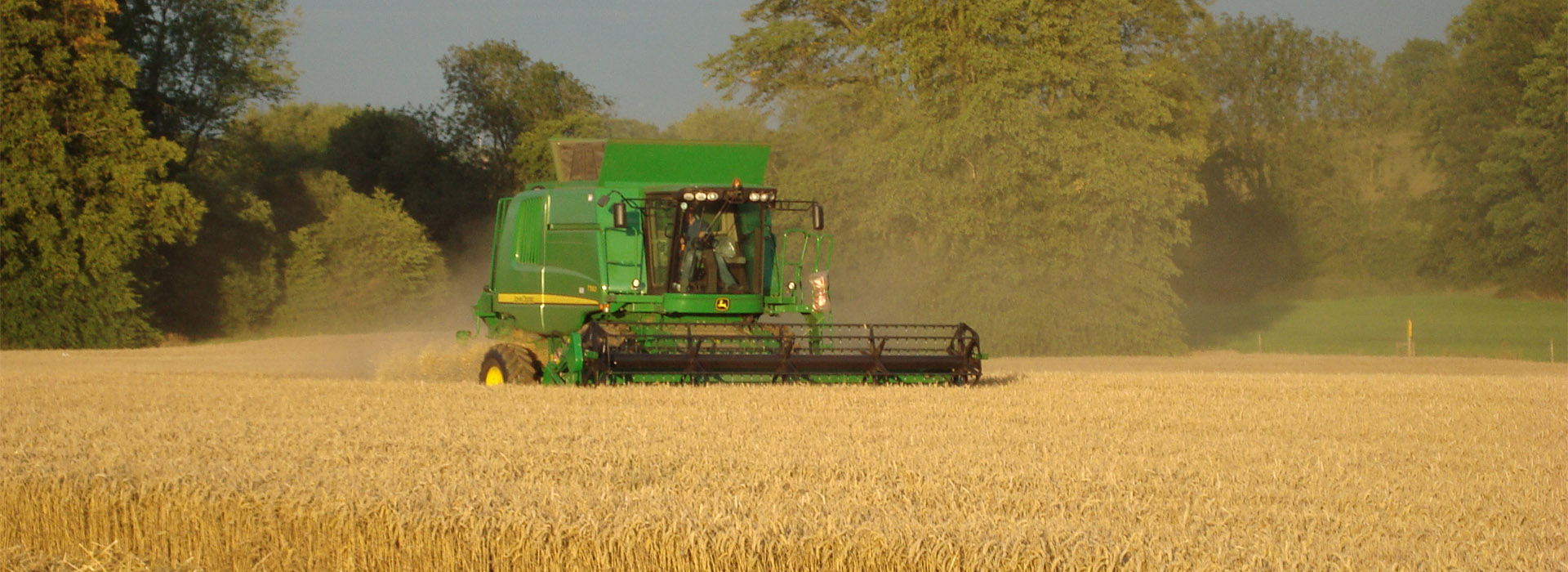UK Combinable Crop Harvest – What should we Expect?
The harvest is in its early stages; this year a little earlier than usual. Over the last six weeks, the UK has received minimal or no rain (at least in England) with June receiving only 25% of the normal levels, and July just as parched so far. Consequently, some crops across the country will have been too dry to yield properly. Before that, of course, though March, April, and the first half of May, the UK received 50% more rain than normal, leaving those areas with strong soils and healthy levels of organic matter, with a long-lasting moisture reserve.
Crops were late emerging from winter dormancy or being planted often into cold, wet spring soils and so had a lot of growing up to do in a short amount of time. This alone reduced expectations of harvest yield. But it is possible that those crops on land strong enough to retain some moisture for a while may have done better than expected. It appears that moisture held deep below the soil’s surface has, on may farms, been a lifeline for the survival of this year’s crops, with the sunshine and hot weather providing an opportunity for heavy, high bushel weight crops to develop. It has been mentioned that this is the weather pattern that more continental countries experience every year, the Paris Basin included. Crops on lighter soils though will presumably bring overall yield averages down.
OSR
More specifically, oilseed rape, whose harvest is now well under way, needed minimal swathing or spraying in many parts this year. Some crops are dry but not completely mature, with brown seeds. As yet, yields appear to have held up well, albeit maybe not a record season, even after moisture adjustments are accounted for. Farmers should be careful not to harvest oilseed rape too dry as it can incur penalties if moisture levels are below 6%.
To recap, the standard FOSFA contract for oilseed rape is for 9% moisture. You lose 1% of price if moisture goes up to 10% and gain 1% for every 1% the moisture falls down to 6%. Below that point, it becomes difficult for a crusher to extract oils so could be unsellable. Certainly, a penalty such as a blending charge with wetter seed would become payable. It is worth getting the moisture right and if you’re not sure, keep it comfortably above 6%.
Barley
The barley harvest too is under way, with moderate to good yields, and excellent quality on the whole, although it is too early to reach big conclusions about national yields. Bushel weights are high, meaning a greater tonnage might fit in the barn than usual. It also means those farmers who take their own grain to a store, should beware of trailer weights; overweight vehicles tend not to be prioritised for tipping, or, if more road travel is required, not allowed back on the road. Some hauliers might end up carrying too heavy a load; it is the driver’s responsibility and could be expensive to them. It will catch some hauliers out.
Wheat
It is possible that the very first wheat crops are starting to be cut now, but it is too early to make any useful comments about it. More next month.
